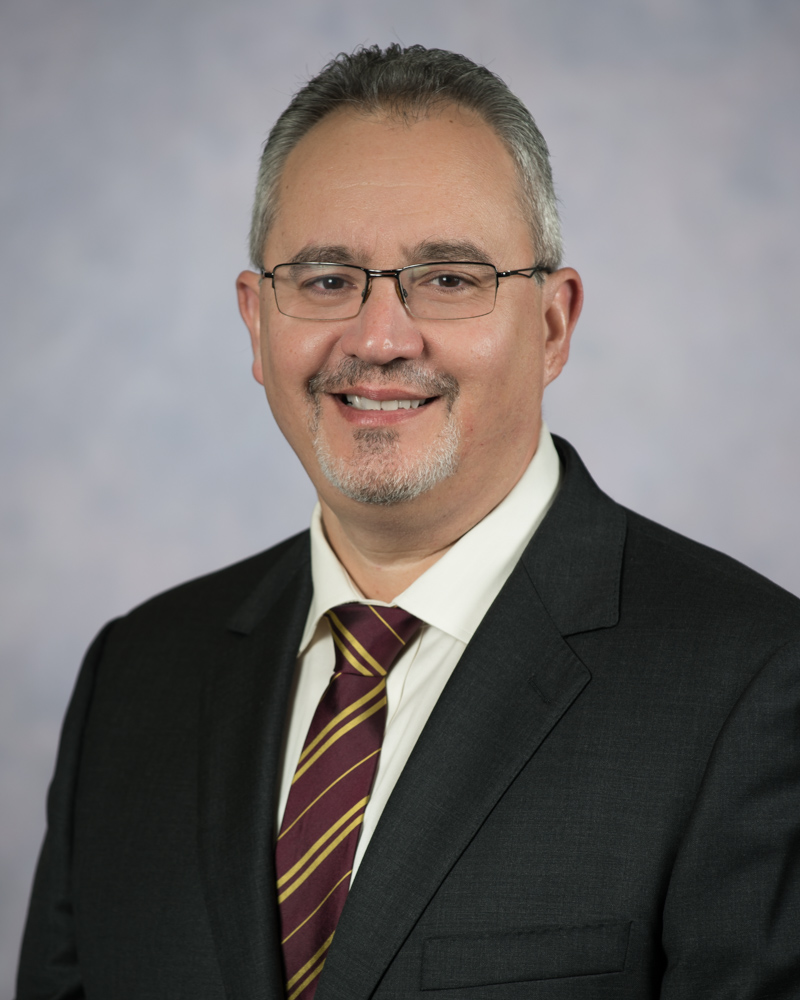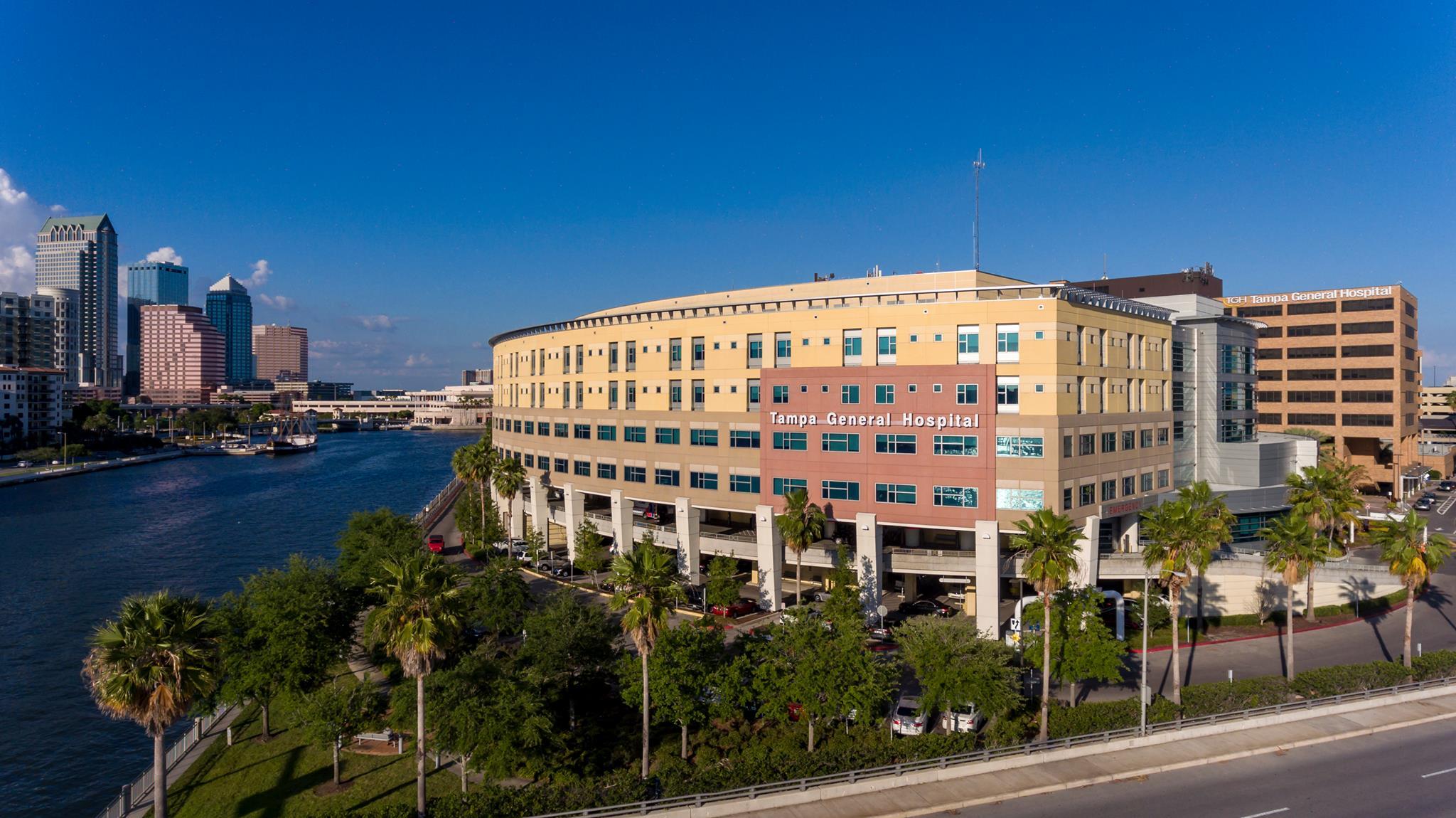Aortic emergencies are complex to treat and often result in death. In this blog post, Marcelo Giarelli RN MSN CCRN, Aortic Program Coordinator, Tampa General Hospital shares a recent case where multidisciplinary care teams, supported by a well-executed response plan and the Nuance PowerShare Network, worked together – against all odds – to save a patient’s life.
This blog was contributed by guest blogger, Marcelo Giarelli RN MSN CCRN from Tampa General Hospital.
Aortic emergencies, as a category, have “one thing in common: if not diagnosed and managed in due time, they are life threatening.” Thus, responding to them effectively requires the rapid activation of a complex health ecosystem; and even when these responses are done well, the healthcare team must still battle against unfavorable mortality odds.
Such was the case recently in Florida, when a patient we’ll call Mr. E was found down in his home, pale and diaphoretic. The EMS team, unable to obtain a blood pressure, initiated resuscitation efforts and transferred him to the South Florida Baptist Hospital emergency department. There, a CT angiogram of chest, abdomen, and pelvis with contrast confirmed that Mr. E was suffering a ruptured fusiform thoracoabdominal aortic aneurysm (TAAA), a diagnosis the hospital recognized needed specialty care they were not equipped to offer.
A thoracoabdominal aortic aneurysm happens when the abdominal aorta bulges from the chest into the abdomen; left undetected and untreated, TAAA can expand beyond its normal limits and will rupture, causing uncontrolled bleeding. TAAA rupture, though uncommon, is recognized as one of the most complex aortic emergencies to treat; each hour of delayed care increases the already staggering 80% mortality rate by an additional 1-2%, and “usually results in death.” So emergent are these cases that some healthcare organizations, like Tampa General Hospital, have crafted comprehensive policies to coordinate care and guide care teams for rapid, effective responses.
In short, Mr. E needed the support of a Level 1 trauma center and the aortic specialization they offer. So, the care team contacted the Tampa General Hospital Transfer Center, their Aortic Team, and vascular surgeon, who requested Mr. E’s CT scan be transferred into the Nuance PowerShare Cloud for review. With nearly instant access to Mr. E’s imaging, the vascular surgery aortic team reviewed the study to determine that they could in fact treat this emergent case.
With imaging in hand in real time, not only was the aortic team able to confirm that they could accept Mr. E as a patient, they began their operative planning right away. While Mr. E was en route to Tampa General Hospital, his new care team got busy in a hurry—evaluating the possible repair options and preparing the cardiovascular operating room. In addition, the aortic surgical team uploaded Mr. E’s images to the Cydar Medical cloud, which helped them determine if endovascular surgery was an option to repair his aneurysm. When Mr. E arrived at Tampa General Hospital via medevac, his surgical team was ready for him.
The Society of Vascular Surgery’s ruptured abdominal aortic aneurysm algorithm recommends that a patient be emergently evaluated and intervention started within 30 minutes of arrival at the specialty surgical center.
His door-to-CVOR time? 10 minutes.
Mr. E’s operation lasted about five and a half hours, and he spent 28 days in the ICU recovering from this surgical emergency. To survive an aortic emergency such as Mr. E’s TAAA, every second counts. More, it requires a multidisciplinary, integrated team approach ranging from imaging, radiology, and superior technologies to the physicians, surgeons, and nurses who care for the patient. But when all of this comes together in a well-executed plan, we are all better prepared to save more lives.

About the author: Marcelo Giarelli RN MSN CCRN is the Aortic Program Coordinator and Nurse Specialist at Tampa General Hospital. Marco is a nursing professional with 27 years of work experiences involving various hospital inpatient environments, government organizations, community care programs, leader for quality improvement projects, and developing healthcare specialty programs. He is highly skilled in nursing informatics, health system practice transformation, optimizing health system efficiencies, clinical research, and building a center of excellence. Marco possesses a strong foundation on the fundamental principles of evidence-based practice, clinical judgment, data analytics, critical care, lifelong learning, and delivering better and equitable healthcare to complex patient populations.






